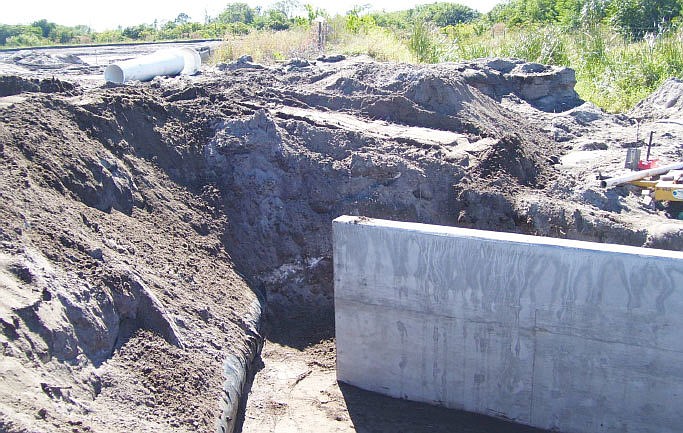- May 7, 2024
-
-
Loading

Loading

The blueprints are missing. Past inspections have failed. And the health of the interior wall of a 42-year-old wastewater pipe that funnels the Key’s waste under Sarasota Bay to a Manatee Country wastewater treatment facility in Bradenton is unknown, which is why Town Manager Dave Bullock wants to replace the pipe for an estimated $16 million.
“I ended up with a conclusion and recommend this pipe should be replaced and be replaced fairly quickly,” Bullock told the Longboat Key Town Commission at its March 23 regular workshop. Bullock stands by that recommendation even though some commissioners and at least one resident believe the pipeline’s replacement may be premature.
For starters, the town attempted two separate ultrasonic tests underwater in 2007 and failed to get a reading on the interior health of the pipe.
“We suspect the interior of the pipe is lined, which helps preserve and protect it, but we don’t know for sure,” Bullock said. “I can’t assure you this pipe has 50 more years of life.”
Bullock’s next concern involves future Long Bar Pointe and Lake Flores housing developments in west Bradenton on land that’s currently used for agricultural purposes.
“That pipe has sat in an agricultural area for 40 years, but the Long Bar Pointe developer intends to develop an area near the pipe in 2016,” Bullock said.
The developer, Bullock said, has two requests: replace the pipe before development begins, and place the new pipe deeper.
Bullock’s last point of concern: What happens if the pipe fails?
“We’re 100% reliant on this pipe,” Bullock said. “Unlike our water system, which has two lines and one acts as a backup, we don’t have that option with this pipe.”
If the pipe fails, the town’s best option would be to haul 1.5 million gallons of wastewater per day off the Key using 24 trucks and 60 drivers at a cost of $200,000 daily.
Commissioners told Bullock to proceed with phase one of the project, a $293,500 effort that gives the town preferred route selections and recommendations for a new pipe and a cost estimate for the project.
They also directed Bullock to return with research for a future assessment of the existing pipe using sonar technologies to assess its condition.
Commissioners gave the direction after Key resident Lenny Landau gave a presentation to the town in which he noted the pipe’s lifespan may be longer than the town thinks.
“There’s no question the pipe needs to be replaced eventually,” Landau said. “The only question is, should we be in a hurry to do it now or get an assessment on just how urgent it is?”
In the late 1980s, the pipe was inspected by placing a valve on the outside of the pipe, cutting a 6-inch plug out for inspection and then closing the valve back up, Landau said.
Commissioners are unanimous that the pipe needs to be evaluated before they sign off on its replacement.
A consultant said technology exists to run a monitoring instrument through a forcemain on the Key and let it travel the length of the pipe collecting interior data.
“There’s no downside to getting an evaluation of the condition of the line,” said Commissioner Jack Daly.
Saltwater intrusion discussion
Resident Lenny Landau piqued the interest of the Longboat Key Town Commission at the March 23 workshop, when he gave a presentation showing that since 2011, the amount of wastewater the town has paid to treat has been higher than the amount of water the town purchased.
Saltwater seeping into aging water pipes is the culprit, and Landau believes sliplining projects aren’t the only way to stop saltwater intrusion.
Since 2002, the town has spent more than $6 million on sliplining projects Key-wide.
The process involves inserting a new pipe within the old pipe, creating new pipe epoxy walls that protect the pipes from other elements and seal cracks.
But in the last couple of years, sliplining has not been a major part of the town’s project list.
Commissioners asked Town Manager Dave Bullock Monday to schedule a future workshop to discuss the issue.
“We need to work on reducing where seawater is leaking in, probably at the lift stations,” Commissioner Pat Zunz said.